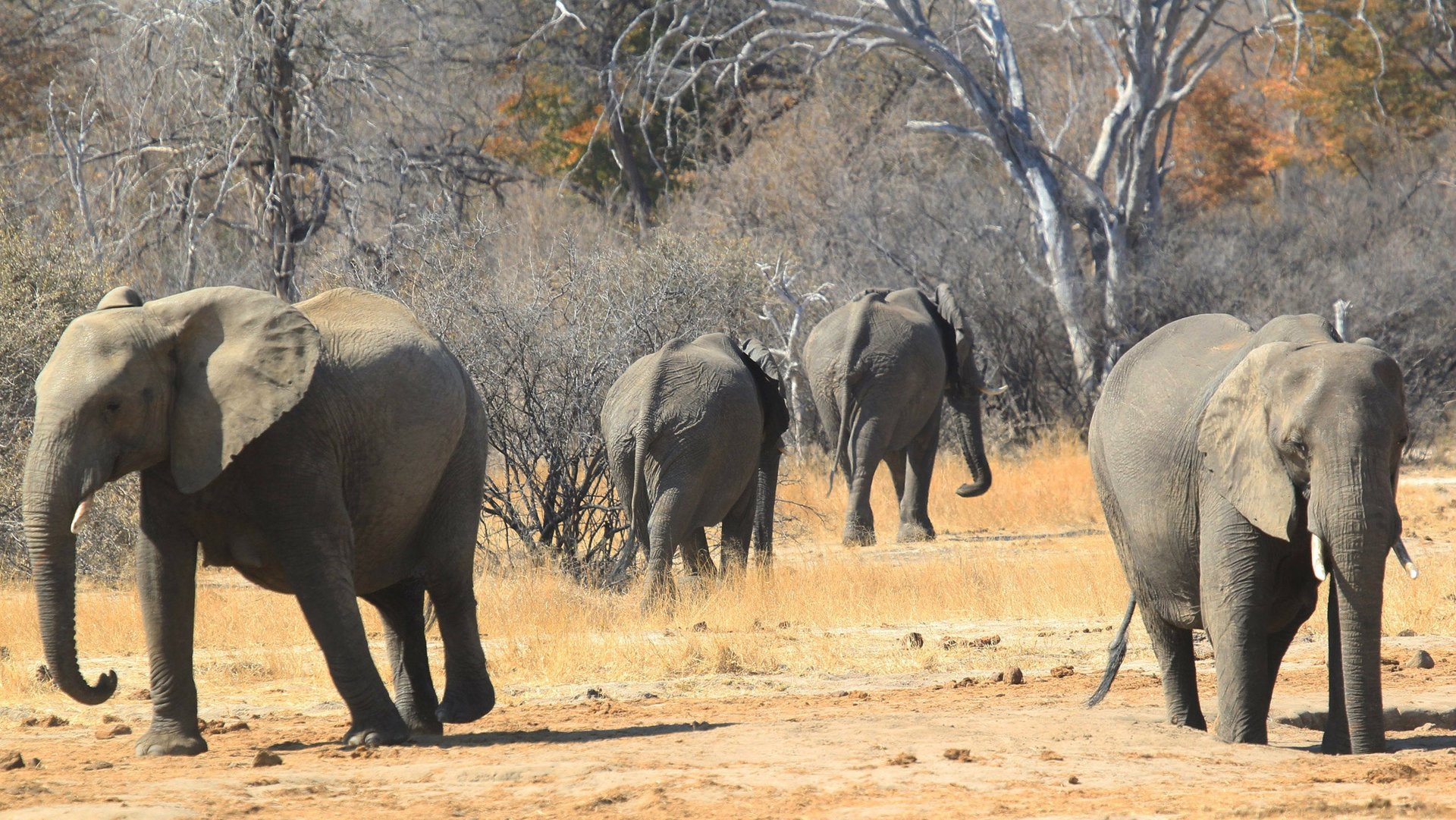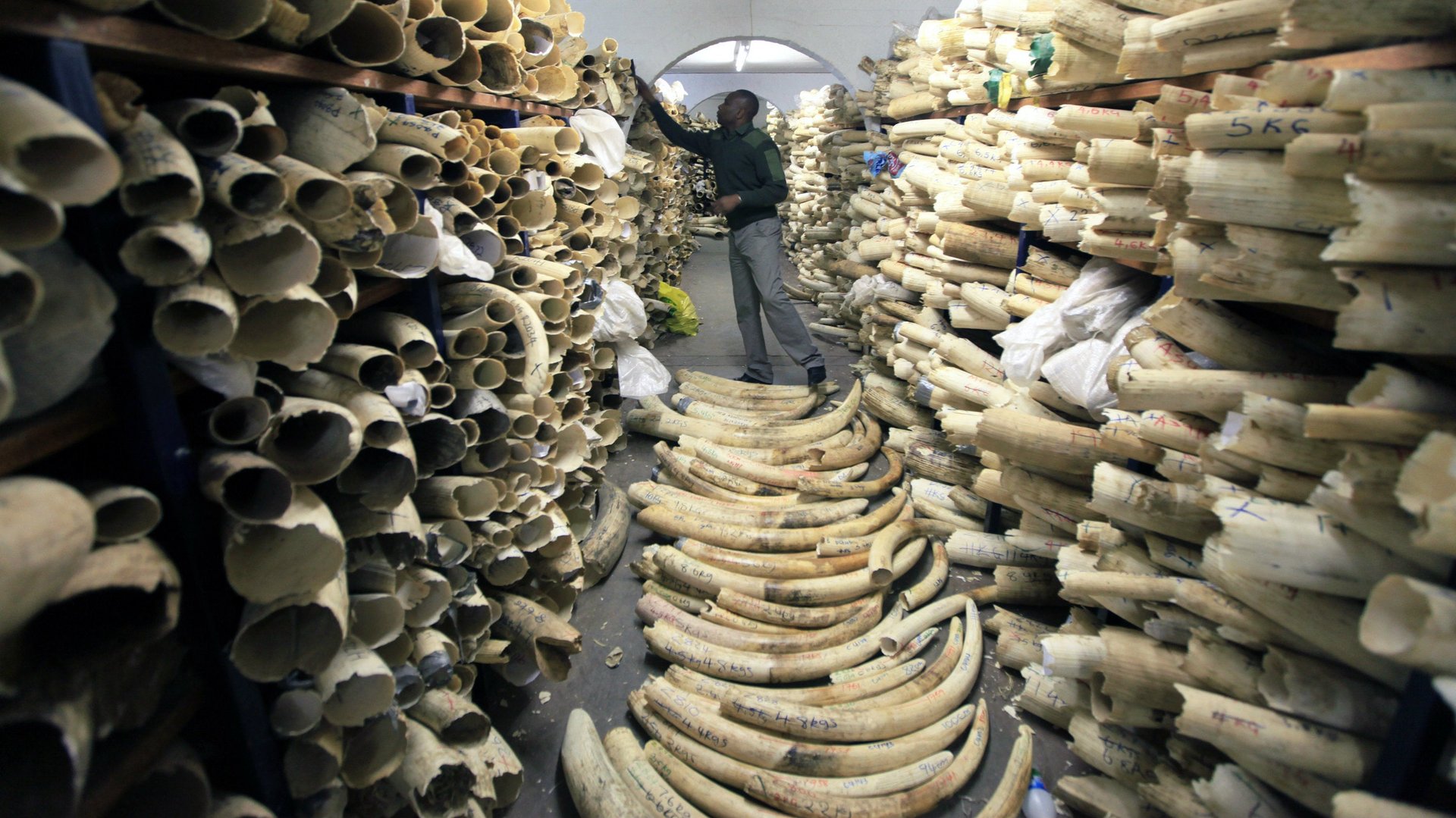A Trump US policy reversal on trophy hunting imports would be terrible for African elephants
Last week, the Trump administration put the brakes on a proposed policy reversal on animal trophy hunting in Zambia and Zimbabwe. Several reports suggested the administration was reconsidering allowing the imports of elephant trophies from Zambia and Zimbabwe into the US. The ban was put in place in 2014 by the Obama administration.


Last week, the Trump administration put the brakes on a proposed policy reversal on animal trophy hunting in Zambia and Zimbabwe. Several reports suggested the administration was reconsidering allowing the imports of elephant trophies from Zambia and Zimbabwe into the US. The ban was put in place in 2014 by the Obama administration.
Even though the pause on the policy reversal might have something to do with a barrage of criticism from conservation groups, Trump said a decision will be made next week. But just how bad could things turn out for the elephant population in both countries if trophy hunting imports are allowed in the US?
Zimbabwe and Zambia are in the top five countries with the highest elephant populations in Africa. Per the 2016 Great Elephant Census (GEC), Zimbabwe accounts for the second highest elephant population while Zambia ranked fifth. Put together, both nations are home to over 100,000 elephants. That represents a sizable opportunity not just for legal hunters, but more critically, poachers. Across the continent, the reality is grim for the giant mammals: the total elephant population is pegged at just over 350,000. Between 2007 and 2014 alone, the elephant population is believed to have fallen by 30%.
Big-game hunters have long advocated that controlled hunting can help fund conservations efforts in countries struggling to deal with maintaining their wildlife population amid poaching. But conservation groups argue otherwise citing the possibility of abuse of the permits. ”Evidence shows that poaching has increased in areas where trophy hunting is permitted,” says Wayne Pacelle, chief executive at Humane Society, the United States’ largest animal protection group.
Zimbabwe isn’t new to controversy around poaching despite allowing trophy hunting. Back in 2015, the killing of a Cecil, a lion considered a national treasure and major tourist attraction in Hwange National Park, drew global ire. The lion had been lured out of the national park’s protected area and killed by an American dentist, Walter Palmer.
Elephants are also a prime target for poachers looking to for a slice of the $10 billion illegal wildlife trade (pdf). Ivory from elephant tusks in particular remain in high demand in Asia. While there’s been some progress—the proportion of illegally killed elephants has dropped for a fourth straight year—elephant killing in Africa still outpaces the population’s growth, a report by the Convention on the Trade in Endangered Species showed. Global efforts to shut off the illegal ivory trade has gained some steam. China is set to enforce a ban by the end of the year. Hong Kong will follow suit in 2022. Allowing trophy imports into the US could open up a gap that may be exploited.

A simpler argument conservationists have presented is that the numbers don’t add up. Trophy hunting has hardly been a boon for elephant populations on the continent. In Tanzania, the elephant population fell 60% between 2009 and 2014 while Mozambique saw a 50% drop in the same period. Both countries permit trophy hunting. Data also shows that revenue from tourism dwarfs payments by big-game hunters.
Essentially, tourism, especially, national park safaris, are a much safer way to fund conservation efforts. Trophy hunting advocates cite the big checks hunters pay for their prizes but it turns out those prizes, like Cecil the Lion, are often the biggest tourist attractions at these parks. Revenue from tourism has been shown to be at least twenty times more than revenue from hunting permits in both Zimbabwe and Zambia.